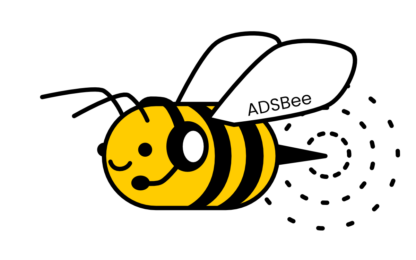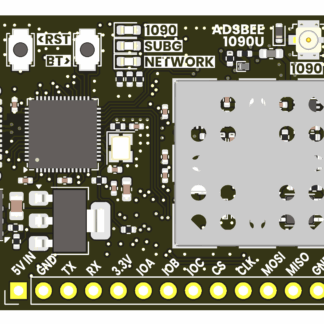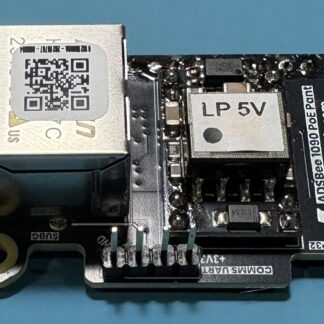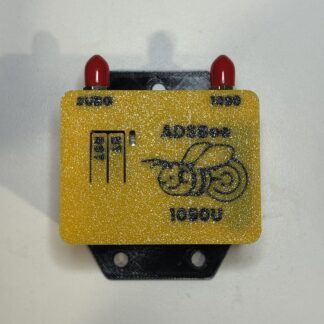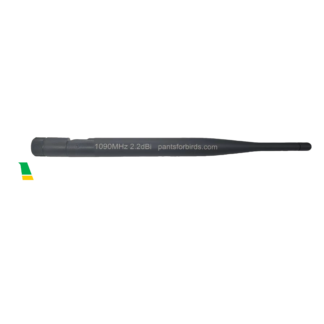
Many things happened! Here are some of the things that happened, presented with varying levels of detail:
- September Event Review
- Commercial UAV Expo
- Bay Area Maker Faire
- Hardware Updates
- PoE pant back in stock!
- Firmware Updates
- 0.9.0-rc1 Release
- A new UAT packet format for Mode S Beast
September Event Review
🏅 Commercial UAV Expo
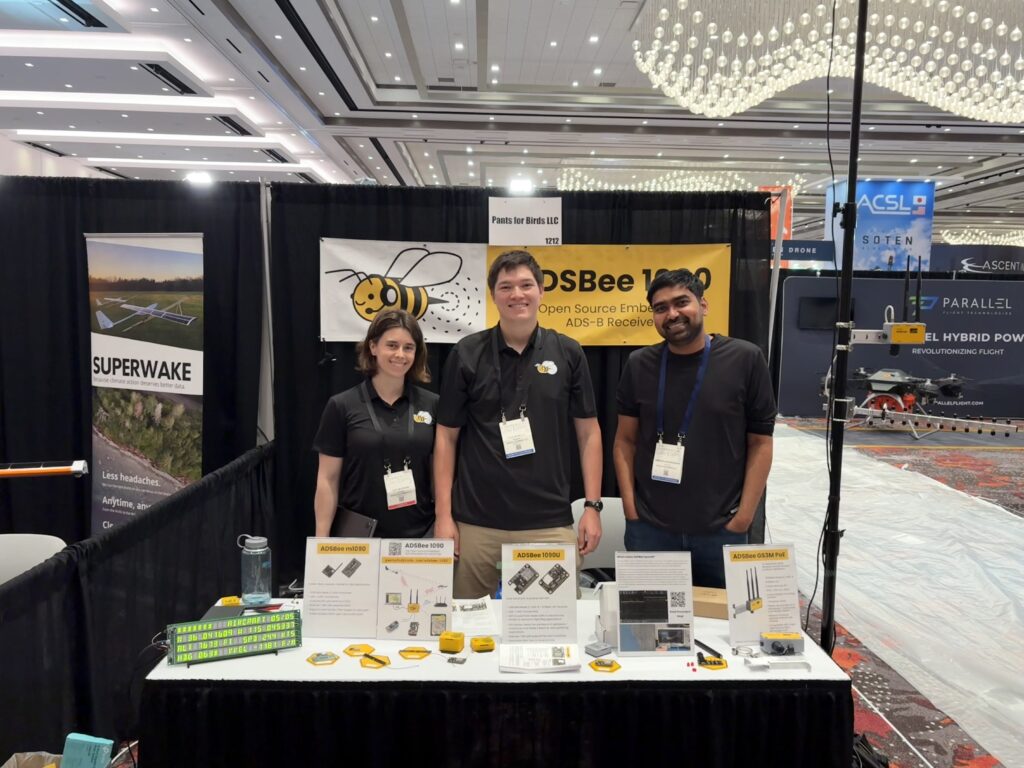
The Pants for Birds team went to Commercial UAV Expo in Las Vegas at the beginning of the month. We had a booth in the “cheap seats” (also known as the startup pavilion), and made fast friends with our neighboring booths in between conversations with attendees. We were lucky to be placed in the same row as Superwake (a Canadian startup specializing in giant solar-assisted long-endurance fixed-wing UAVs) and DroneSpotter (a US startup building remote-ID receivers and data solutions), both of whom proved to be fascinating conversation partners and great friends. It’s always fun to see other young startups throwing their best ideas at the wall to see what sticks!
Outside the startup pavilion, the expo was composed of more established companies from around the commercial UAV space, selling everything from “questionably commercial” technologies like Controlled Receive Pattern Antenna (CRPA) units used by UAVs to dodge military GPS jamming, to drone delivery companies, to FAA certified manufacturers of $16k ADS-B receivers used in airport infrastructure.

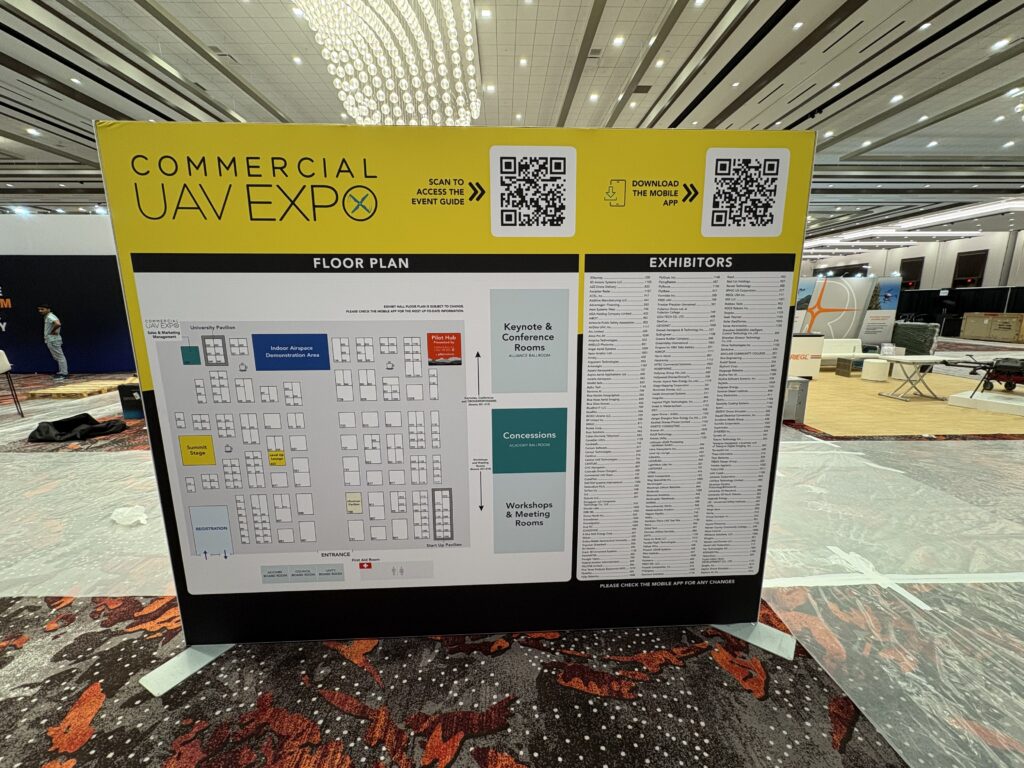
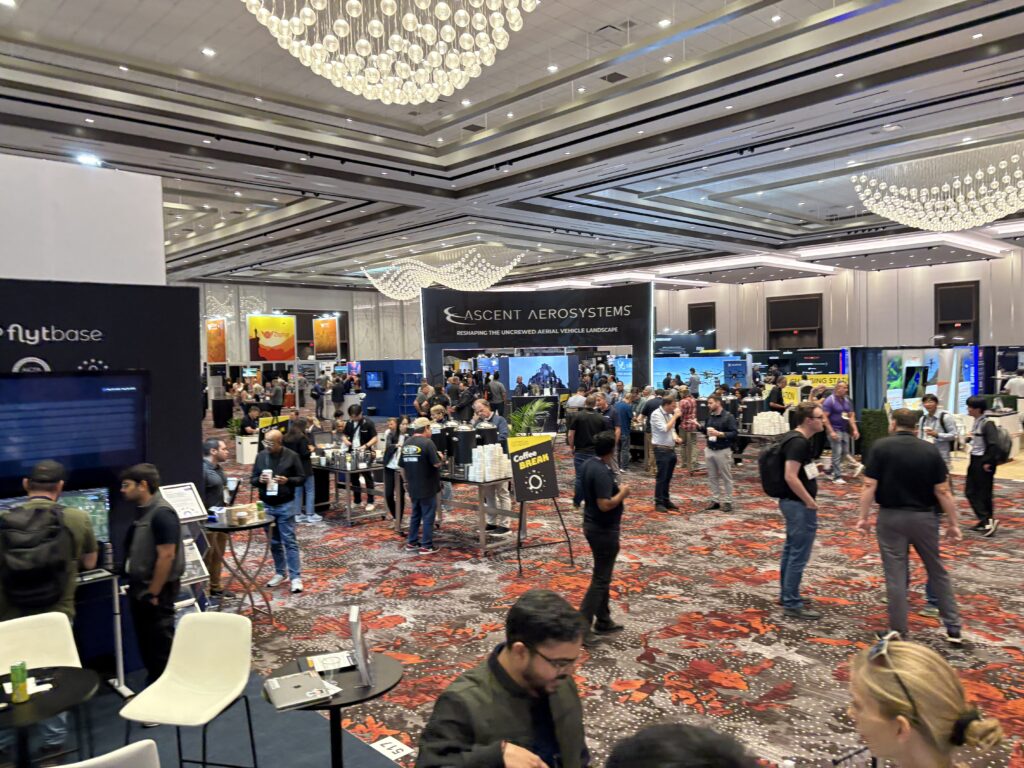
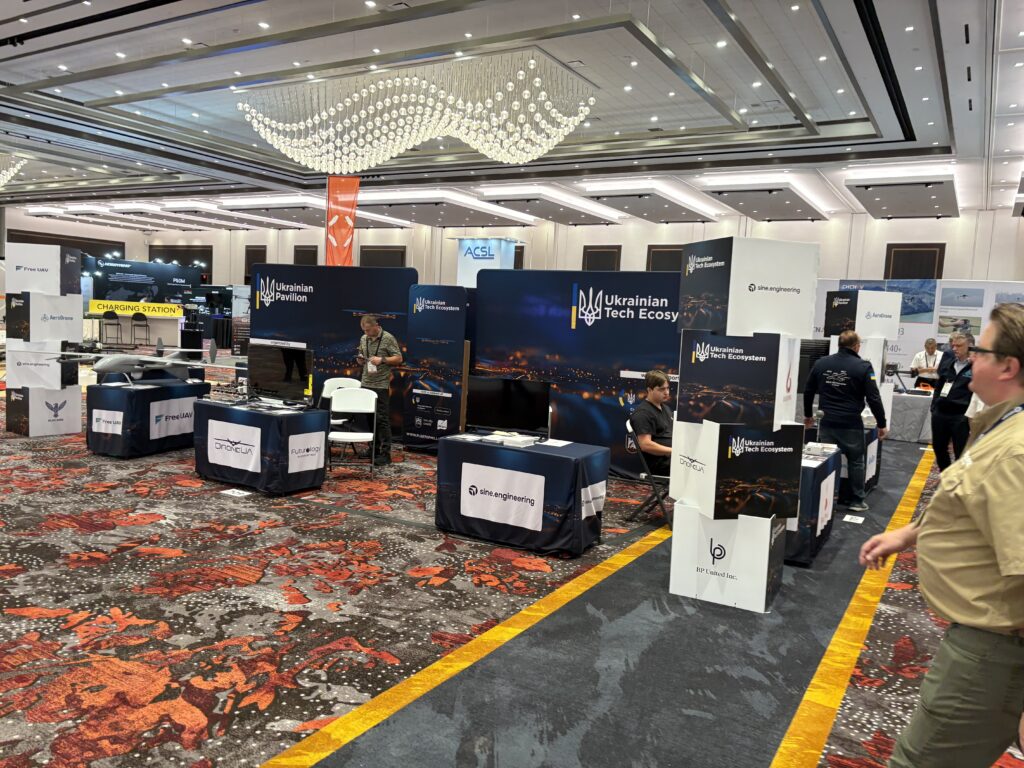
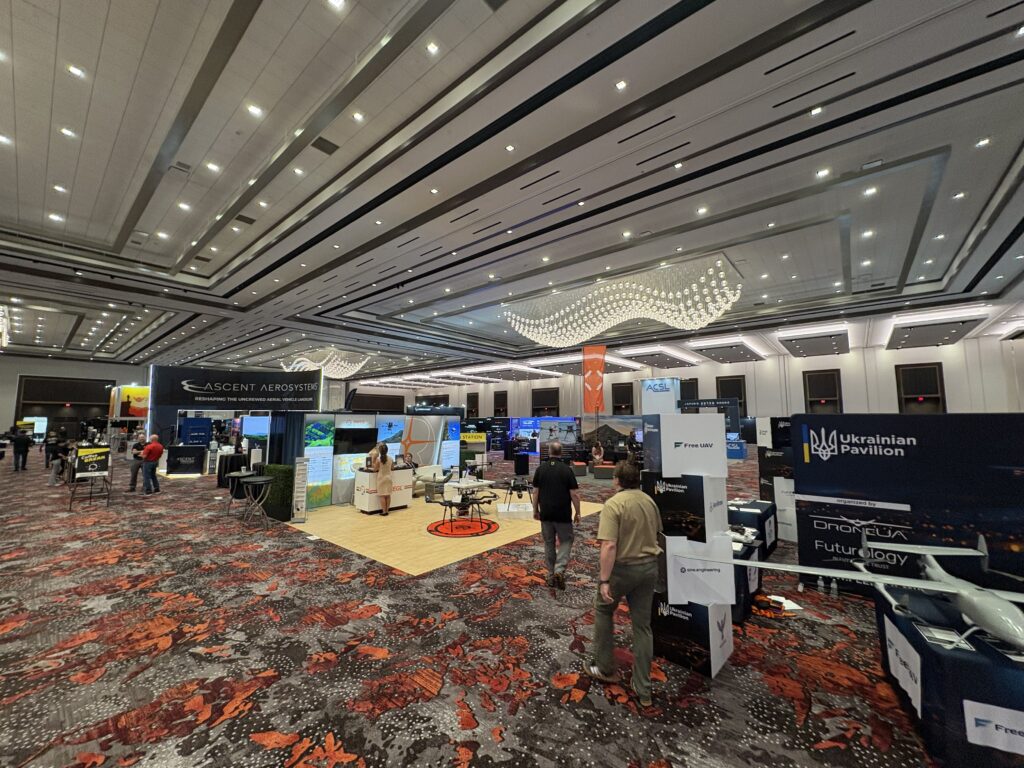
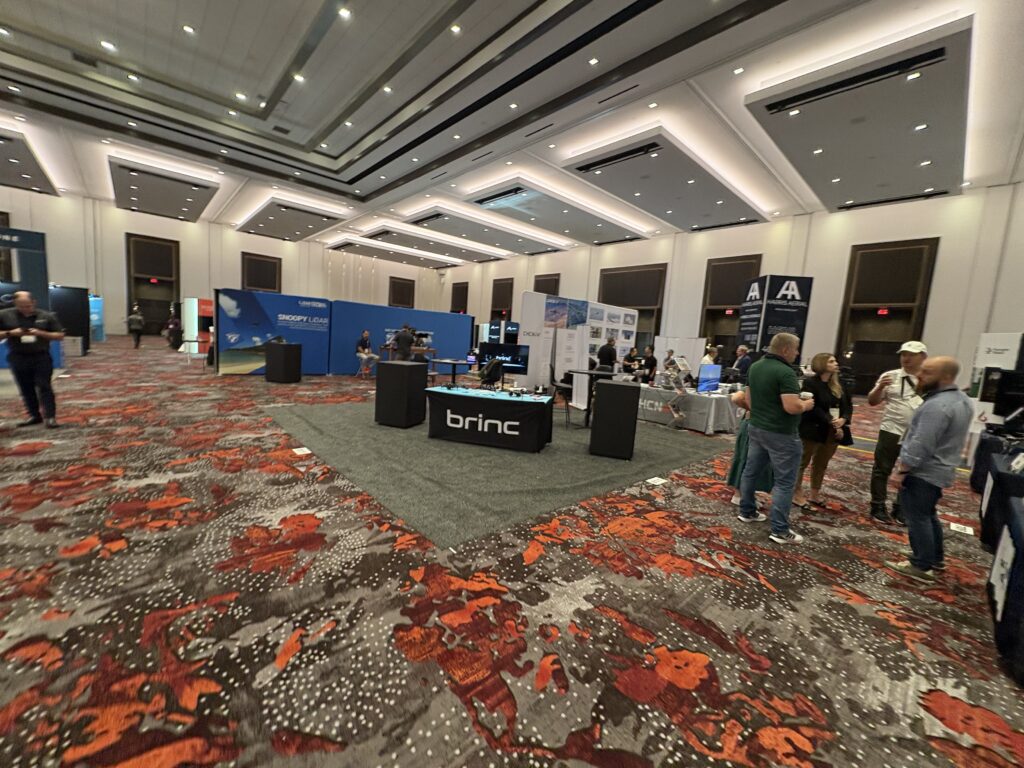
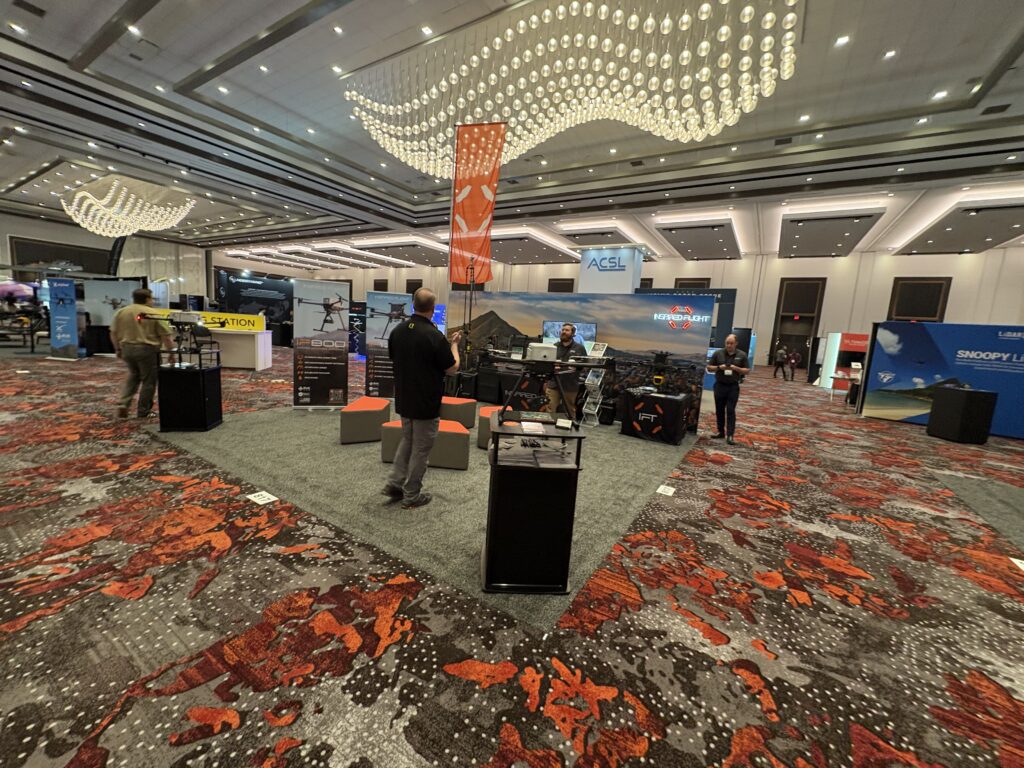
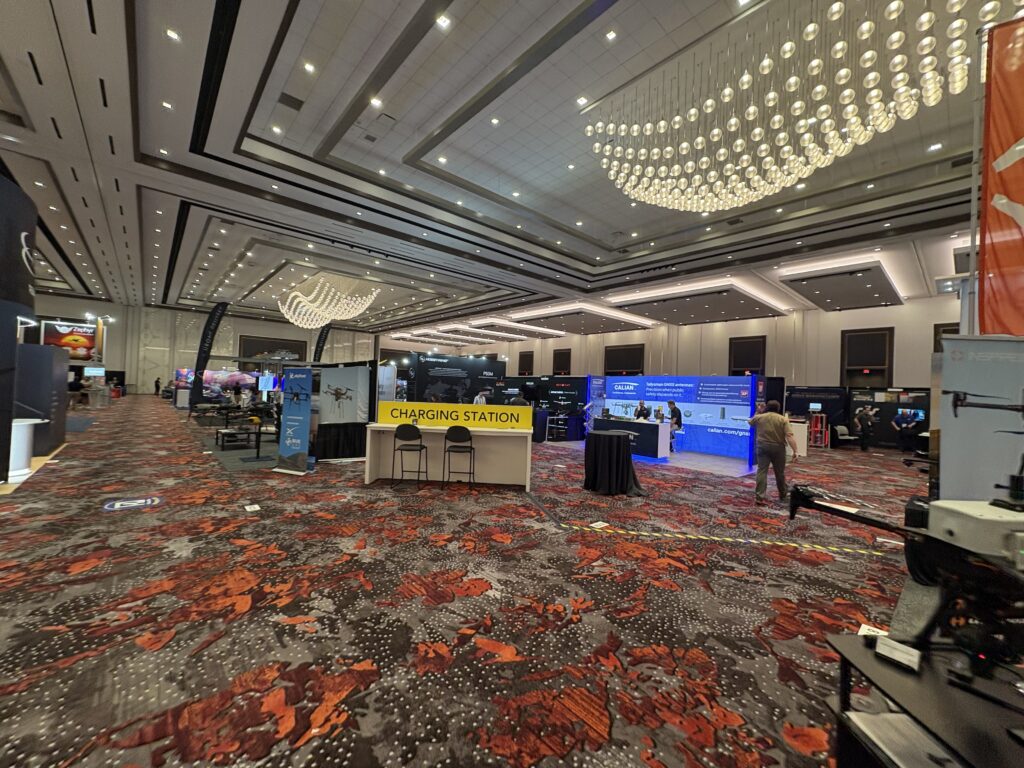
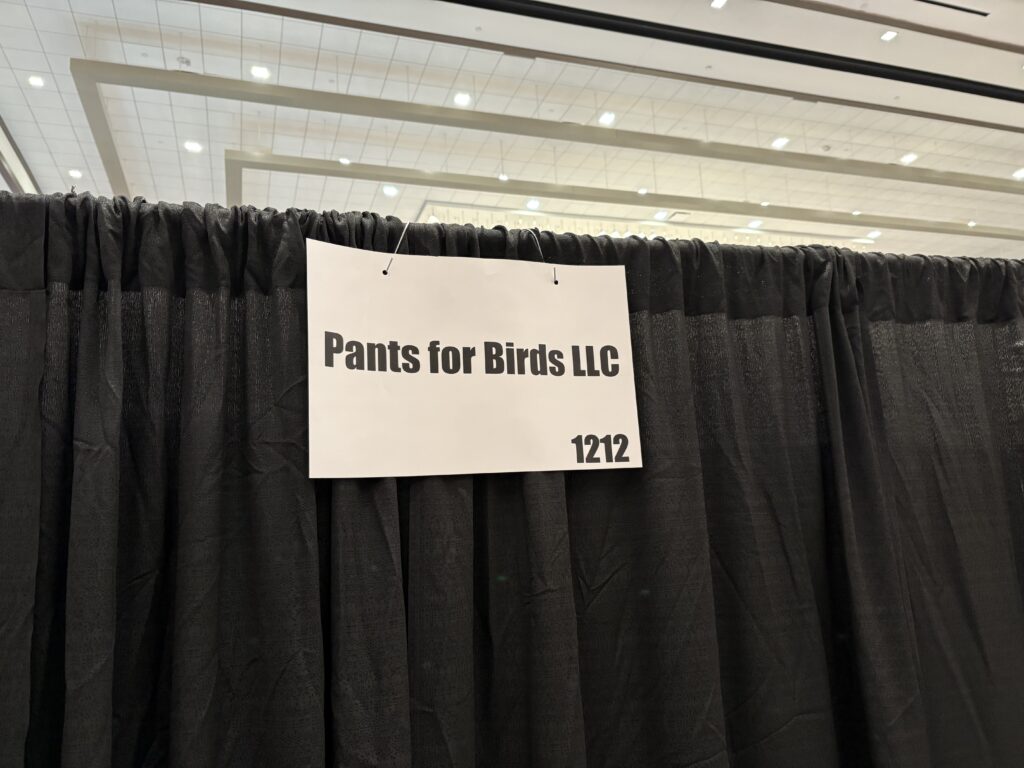
The big buzz this year seemed to center around the FAA’s proposed Part 108 regulations for beyond-visual-line-of-sight drone operation, which are poised to play a big role in reshaping the commercial UAV industry in the coming years. Our timing in attending CUAV expo was quite fortuitous, as the upcoming regulations strongly imply that drones should have ADS-B In capability in order to autonomously yield to manned aircraft. As such, the level of industry interest in a low cost and open source ADS-B receiver option was quite high.
Beyond Part 108, there was a lot of interest in NDAA compliance and domestic supply chains for drone components. US manufacturing is on the upswing but has a long way to go in order to catch up. Remote ID is also a rapidly growing field of interest, with a number of companies racing to deploy receiver hardware and build centralized databases for the data they collect. I think it’s only a matter of time before we see an open source Remote ID data exchange similar to what we have in the open source ADS-B community. Right now, the primary parties interested in Remote ID reception are usually law enforcement entities, but I think this will rapidly expand to enthusiasts and commercial entities as drone delivery begins to expand. People will want to know “what’s in that drone that just flew by”, and analysis types will want to be able to pull insights from large datasets of drone information (e.g. how many food delivery flights were there, and from what restaurants?) Building distributed networks of Remote ID receivers will be quite a bit more complicated than building networks of ADS-B receivers, since Remote ID range is much more limited due to low transmit power and overlap with already congested WiFi bands, but receivers should theoretically be relatively easy to build since they rely on WiFi hardware that is already manufactured at scale.
As part of CUAV expo, we had applied to a competition called “Pitch the Press”, where we would have the chance to describe an innovative product to a few judges in hopes of getting included in a press release from CUAV expo. I was pleasantly surprised that my pitch about ADSBee made one of the top spots! We were awarded with a nice looking wood plaque, and a Very Serious Press Release that mentions Pants for Birds alongside other actual company names (seeing this happen is still one of my favorite parts of my job).

CUAV Expo was a fascinating opportunity to see what’s happening in the drone industry. Things are hopping, and it looks like the industry might finally be ready to capitalize on its potential. I think we’re finally getting to the “slope of enlightenment” on the Gartner Hype Cycle of Drones.

🤖 Bay Area Maker Faire
During the last weekend of the month, ADSBee went to Bay Area Maker Faire! As always it was a fun-filled event with lots of cool projects, art, and for some reason Steve Wozniak. It was a blast to meet people from the ADSBee discord server in real life–and we even got to meet some well known YouTubers who were attempting to explore the event incognito (with varying levels of success). If you stopped by the ADSBee booth for a friendly conversation, thank you!
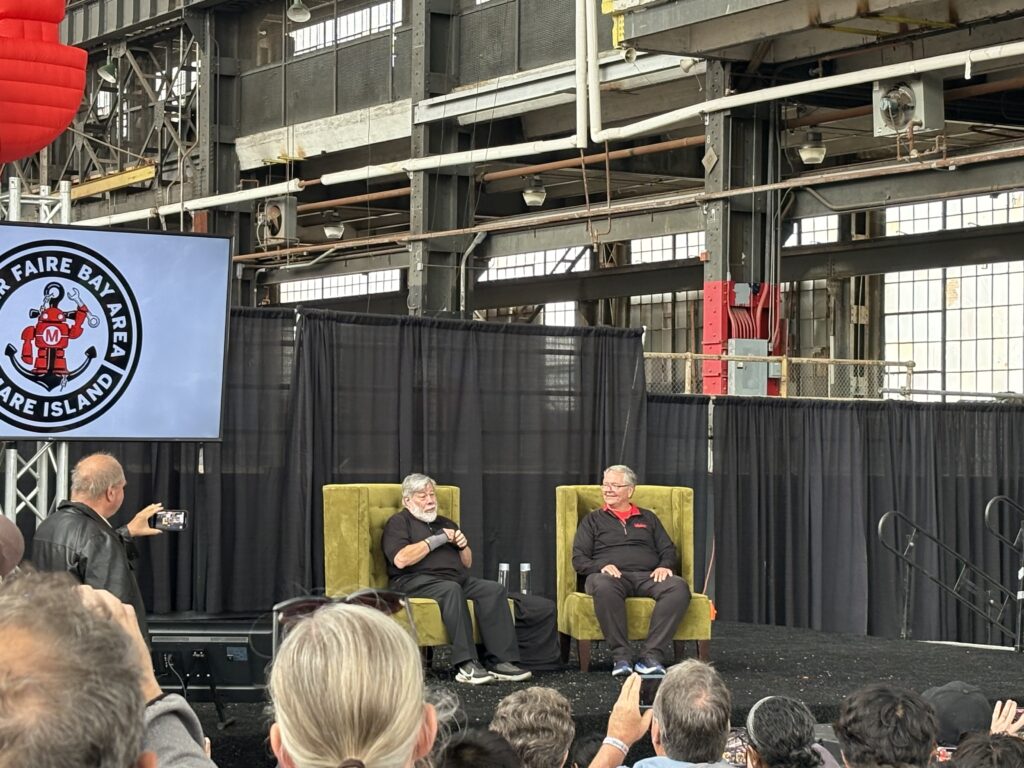
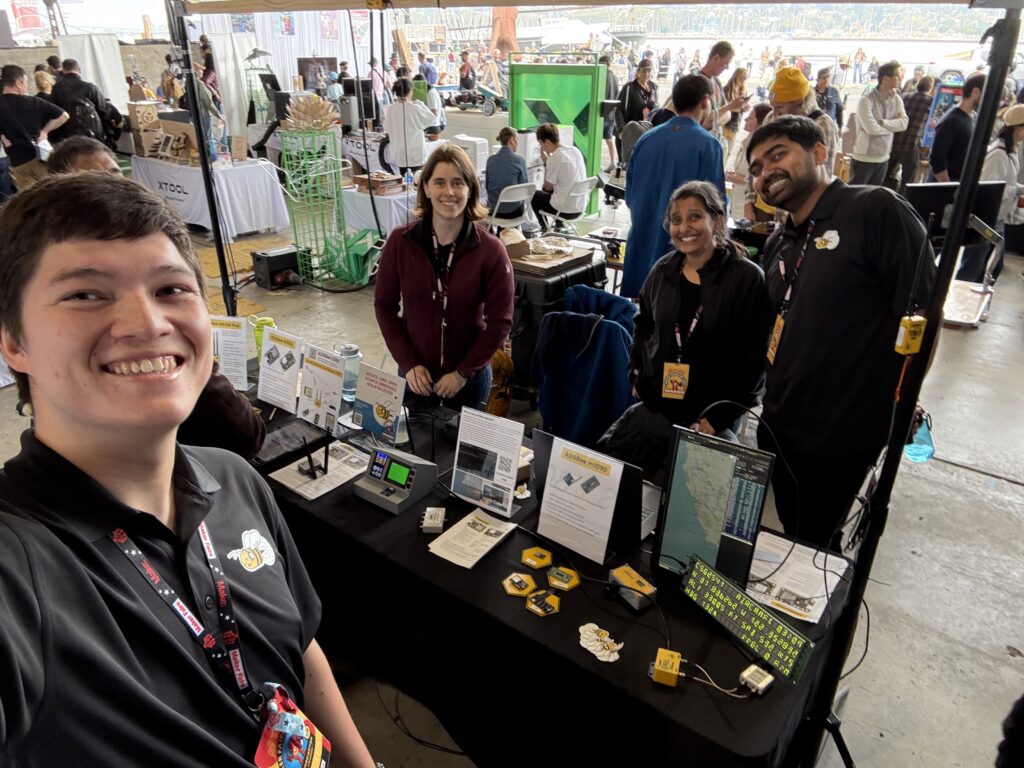
Hardware Updates
👖 PoE Pant Back in Stock!
The long-awaited PoE pant is back in stock and shipping now! Thanks for your patience as we brought up manufacturing for this part. The PoE pant is available individually or as part of a bundle that includes all the necessary parts for making an indoor dual-band PoE ADS-B Receiver.
ADSBee 1090U Indoor PoE Receiver Bundle
Everything you need to set up an indoor PoE feeder!
36 in stock
Firmware Updates
💾 Firmware Version 0.9.0 has entered testing!
Friday 9/26 marked the release of firmware version 0.9.0-rc1, our first unstable release candidate for the 0.9.0 firmware! This is a major update that introduces dual-band receiver functionality with the addition of UAT downlink and uplink packet decoding, a new version of the CSBee protocol, the ability to feed any reporting protocol over TCP, and a good-sized pile of firmware improvements under the hood. If you’re feeling adventurous, please give the latest release candidate a try and report any bugs you encounter! We expect to go through at least a handful of release candidates before all features for 0.9.0 are implemented and fully ironed out.
✉️ A new UAT packet format for Mode S Beast
Mode S Beast is a binary TCP protocol commonly used to feed open source exchanges with ADS-B data. As part of the 0.9.0 firmware, we are introducing a new packet format co-developed with @wiedehopf (maintainer of tar1090 and readsb) that improves the efficiency of sending UAT data over TCP.
Previously, UAT packets were converted to Mode S packets by each receiver for reporting using the Mode S Beast protocol, then converted back into UAT packets for use with the dump978 decoder protocol on the server side. With the new UAT packet format, receivers are able to report UAT ADSB and uplink packets directly using the format below (screenshotted from the most recent datasheet revision), preserving a significant amount of UAT data that might not otherwise be transported to the server intact while also reducing computational load on each receiver that is generating a feed.
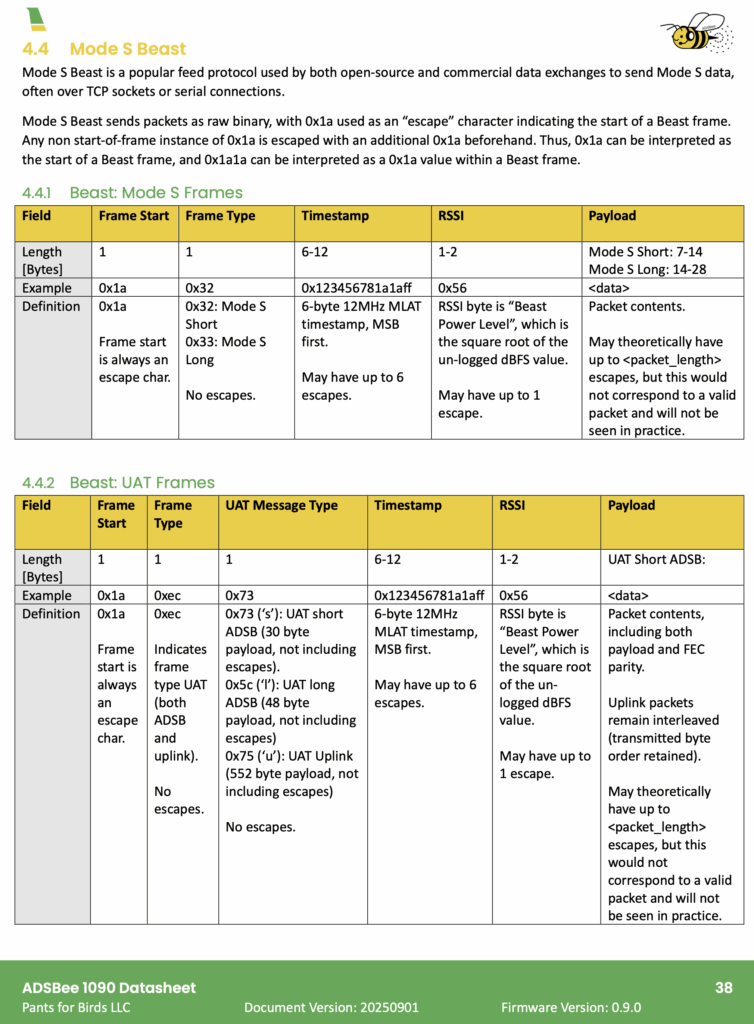
This new packet format has already been rolled out to the popular ultrafeeder docker image (which is used to run whereplane.xyz), and should be added to adsb.im sometime in October. Additional exchanges will most likely adopt this new UAT packet format as they update their instance of readsb, although this will likely take a while. In the meantime, ADSBee devices have the option to feed with the BEAST_NO_UAT protocol, which sends Mode S packets only, to avoid causing any unhappiness upstream caused by encountering unexpected packet formats.
A special thanks to @wiedehopf for his efforts in co-designing this protocol and building / testing its server-side parser implementation!
That’s all, folks!
See you on discord, and we’ll be back for next month’s update!
